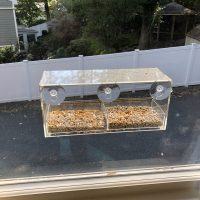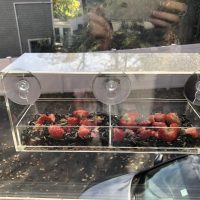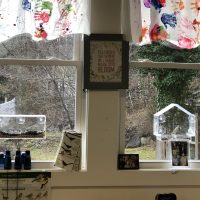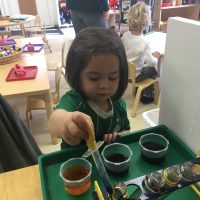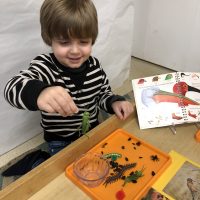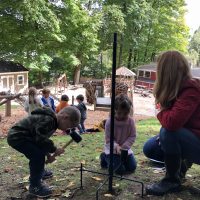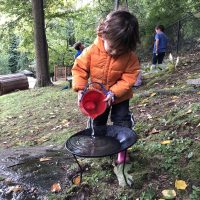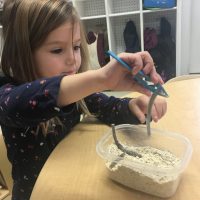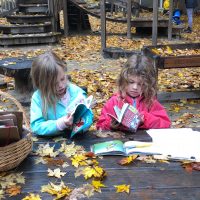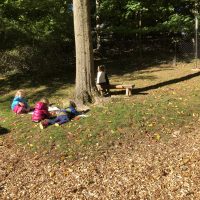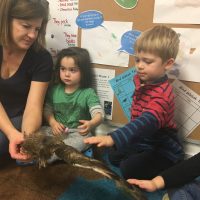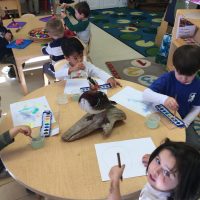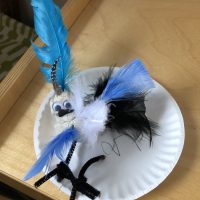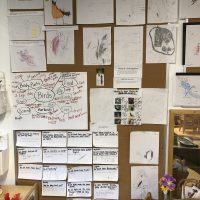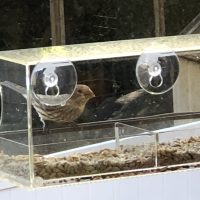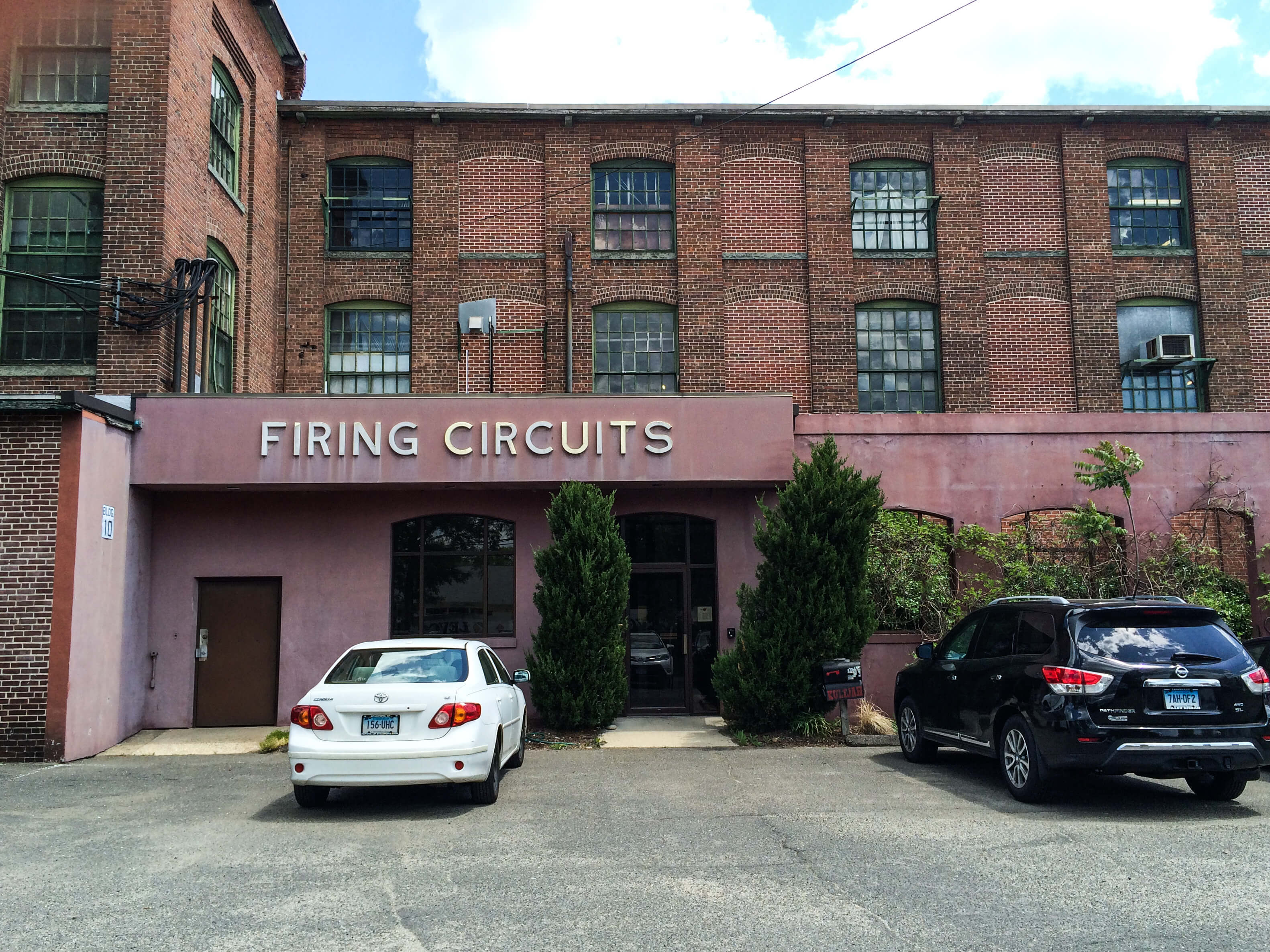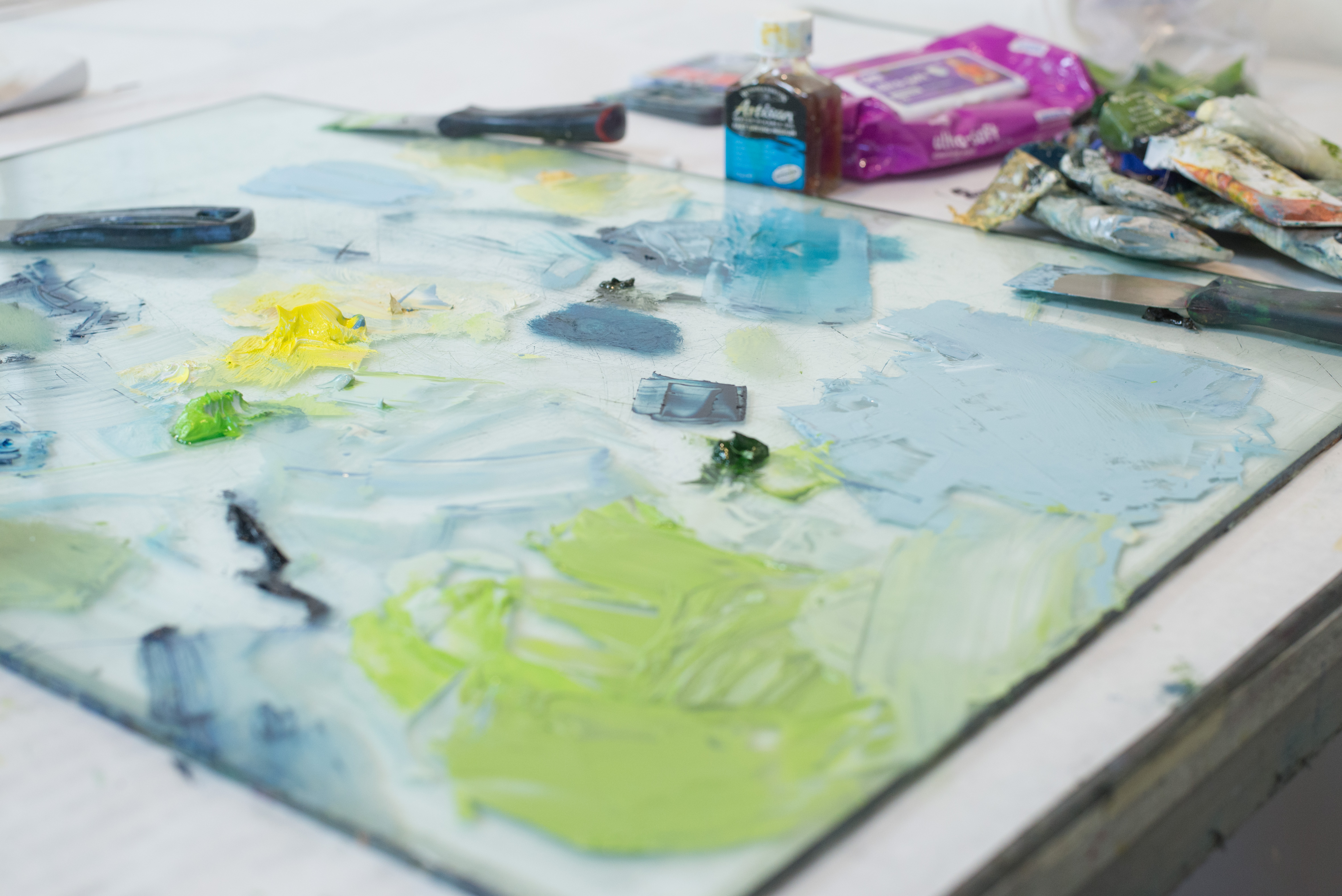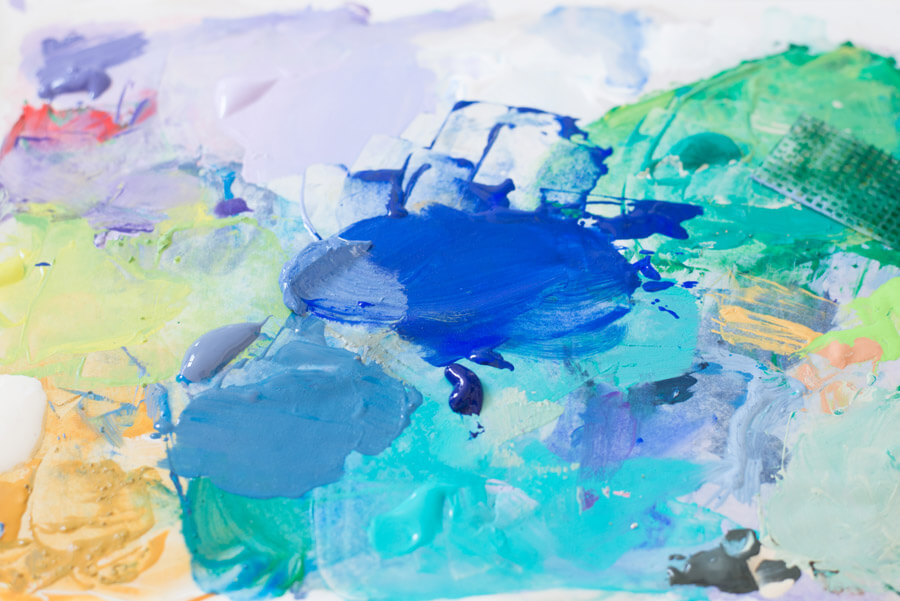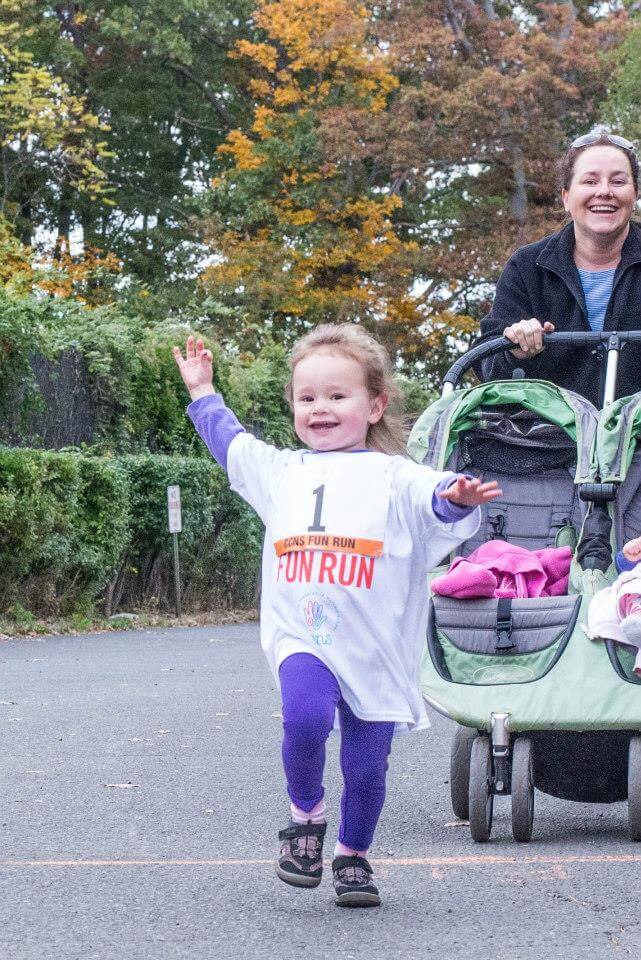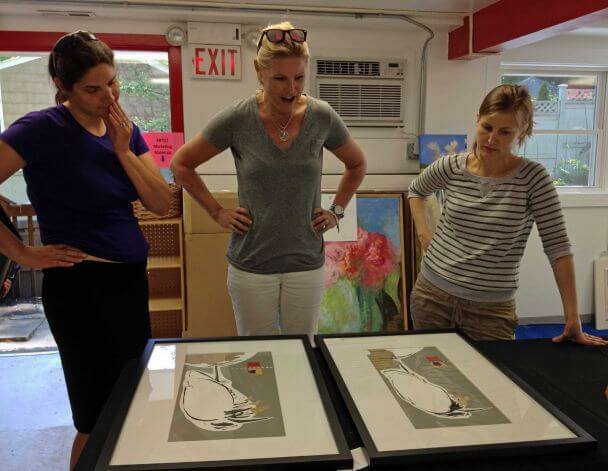[vc_row][vc_column width=”2/3″][vc_column_text]Tucked between Peachwave and the Gym Source on Post Road in Westport is The Art Studio Connecticut, a collaborative workspace for eight Fairfield County artists. Over the past several years, the CCNS Art Show & Sale has included works from members of The Art Studio, including its founder Helen Werngren.
This year, we are once again happy to have participating in this year’s show artists from The Art Studio. Katherine Evans, whose abstract paintings reflect complex color combinations, will be participating again. And, we are excited to have abstract landscape painter, Malu Tan, join the show for the first time this year.
Members of our marketing committee (aka CCNS parents) recently had the pleasure of visiting The Art Studio, speaking with Katherine and Malu, and getting a peek at some of the pieces that they will be submitting to the show.
The Art Studio, which is located on the second floor, is a bright, airy loft space. Each of the artists has their own area or space with which to paint and create. Take a look inside:
Katherine, who is trained as a graphic designer, started painting about eight years ago. Her sometimes rather large abstract paintings reflect rich, colorful palettes. She has won multiple awards; exhibits her work throughout Fairfield County as well as through Saatchi Art, an online exhibition; and has sold her pieces to collectors around the world.
Malu began pursuing her passion as an artist while her family was living in London several years ago. Her abstract landscape paintings reflect what she sees as layers of color when viewing the natural world from a much broader perspective, and she sometimes incorporates other materials, such as sand, to give her pieces depth and dimension. She also exhibits her works throughout Fairfield County and through Saatchi Art.
Many thanks to Katherine and Malu for allowing us a tour of the studio. To see more representations of Katherine’s work, check out her website at kevansart.com, and to see more representations of Malu’s work, check out her website at malutanart.com.
Come check out Katherine’s and Malu’s works June 4-7, 2015.[/vc_column_text][/vc_column][vc_column width=”1/3″][vc_gallery type=”flexslider_fade” interval=”3″ images=”680,681,682,683,684,685,686,687″ onclick=”link_image” custom_links_target=”_self” img_size=”full”][/vc_column][/vc_row][vc_row][vc_column width=”1/1″][/vc_column][/vc_row]



